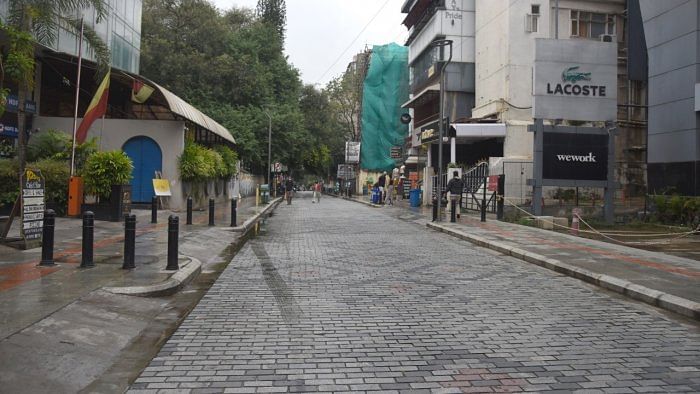
People may be peeved at the state of Bengaluru’s roads. But the director of the Institute of Road Re-engineering, is a proud man today.
“But I thought you would be appalled,” I remarked. “That is because laypersons like you do not understand the basic philosophy underpinning public works,” he explained patiently. “All of you assume that quality and longevity should be the hallmarks of any public amenity.”
“I thought that was a given!” I exclaimed.
“You couldn’t be more wrong. In fact, one of the reasons for setting up this institute was because Karnataka’s public works engineers in the old days did not know how to design and build roads and structures that would be short-lived. There was an urgent need to retrain them. Contractors were complaining about the paucity of repair jobs, and the local politicians were dissatisfied with the shortage of funding from the contractors.” I wondered aloud about their curriculum.
“Let me take you to one of our classes, and you will understand,” said the director and escorted me to a room where a lecture on road-making was in progress. Ccan anyone tell me the purpose of a city road?” called out the lecturer.
“To cater to the transportation requirements of the citizens,” replied one .
“That is an apparent purpose,” said the lecturer. “But the real function of a city road is repairs. The more a road is under repair, the happier the contractors are, and, in turn, our administrative and political bosses. Now tell me, what should an ideal city road be like?”
“That’s simple,” said another trainee, obviously freshly graduated. “It should have a firm foundation, be smoothly topped, properly cambered, and adequately drained.”
“Absolutely not,” demurred the lecturer. “That is the type of road that will soon have you transferred to a remote village. A properly laid city road is such that it begins to crack within the first month, develops one pothole per square metre in the second, and is ready for repair tenders in the third month. Another important aspect of urban road engineering is perpetuity. Ideally executed, a road project is never completed but continuously delayed.”
“Sir,” questioned another trainee, “what about coordination with other civic agencies? Is that not important?”
“Of course! The other infrastructure departments must be informed about the road projects. But care should be taken that the information is shared when the new road is almost complete. They will then immediately rush their contractors to dig up the newly laid road to lay their pipes, cables, etc. and ensure what I had referred to earlier—the perpetuity of the road project.”
Back in his office, the director summed up, “I am glad to state that this institute has more than fulfilled its mission. I challenge you to find any single hundred metre stretch of road anywhere in this city that does not have a sizeable pothole. We recently received the ultimate accolade. We have been asked to set up a similar institute by the Bihar government.”